The Aral Sea, once one of the world’s largest inland bodies of water, is a hauntingly beautiful yet tragic reminder of environmental degradation. Located between Kazakhstan and Uzbekistan in Central Asia, this once-thriving oasis has shrunk dramatically over the past few decades, leaving behind a stark and desolate landscape. In this article, we will provide an elaborate and detailed overview of the Aral Sea from a traveler’s perspective, exploring its history, environmental impact, and the unique experiences it offers to those who venture to its shores.
Historical Significance:
The Aral Sea holds great historical and cultural significance. For centuries, it served as a vital hub for trade, fishing, and agriculture, supporting vibrant communities and providing sustenance to the surrounding regions. The sea was a rich ecosystem teeming with diverse marine life and served as a major transportation route connecting Central Asia with other parts of the world. However, in the mid-20th century, large-scale irrigation projects diverted water from the rivers that fed the sea, leading to its rapid decline.
Environmental Impact:
The ecological consequences of the shrinking Aral Sea are devastating. As water levels receded, the exposed seabed turned into a barren desert, littered with the remnants of abandoned fishing boats. The loss of water has caused severe disruption to the ecosystem, leading to the extinction of several fish species and the decimation of bird populations that relied on the sea for their survival. The exposed salt and dust from the dry seabed have also had serious health implications for nearby communities, causing respiratory problems and other ailments.
Unique Experiences:
Visiting the Aral Sea offers a unique and somber experience. The sight of the receding shoreline and the decaying fishing vessels serve as stark reminders of the ecological crisis that unfolded here. Travelers can witness firsthand the scale of the environmental disaster and gain a deeper understanding of the human impact on fragile ecosystems. Exploring the ghostly landscapes and standing on the former seabed provides a humbling perspective on the consequences of unchecked human activities.
Practical Information:
- Access: The Aral Sea is accessible from both Kazakhstan and Uzbekistan. The Kazakh side offers closer proximity to the sea, with access points such as Aralsk and Aktau. It is recommended to arrange transportation and guides in advance, as the region is remote and infrastructure is limited.
- Weather: The climate in the Aral Sea region is continental, characterized by hot summers and cold winters. The best time to visit is during the spring or autumn, when temperatures are more moderate.
- Health Considerations: It is important to take necessary precautions while visiting the Aral Sea region due to the dusty and arid conditions. Wearing appropriate clothing, staying hydrated, and protecting yourself from the sun are essential.
A visit to the Aral Sea is a powerful reminder of the fragile balance between human development and the environment. It serves as a cautionary tale, highlighting the urgent need for sustainable practices and responsible stewardship of our natural resources. As you stand on the shores of this shrinking sea, you will be compelled to reflect on the interconnectedness of our actions and the responsibility we bear to preserve our planet for future generations.
Book Your Flights : Here 30% OFF on Booking
Book Your Hotels : Here 20% OFF on Booking

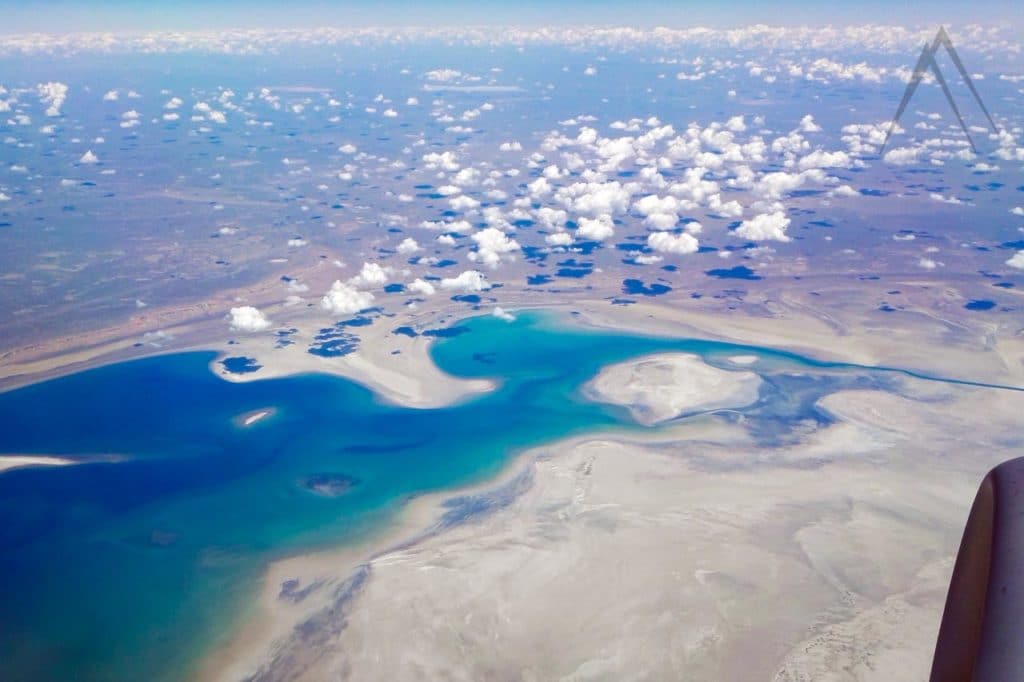


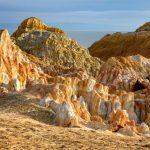


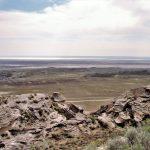

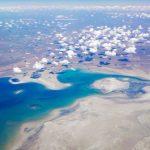



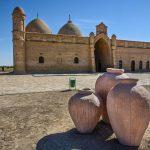












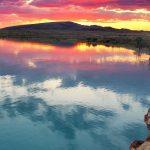

0 Comment